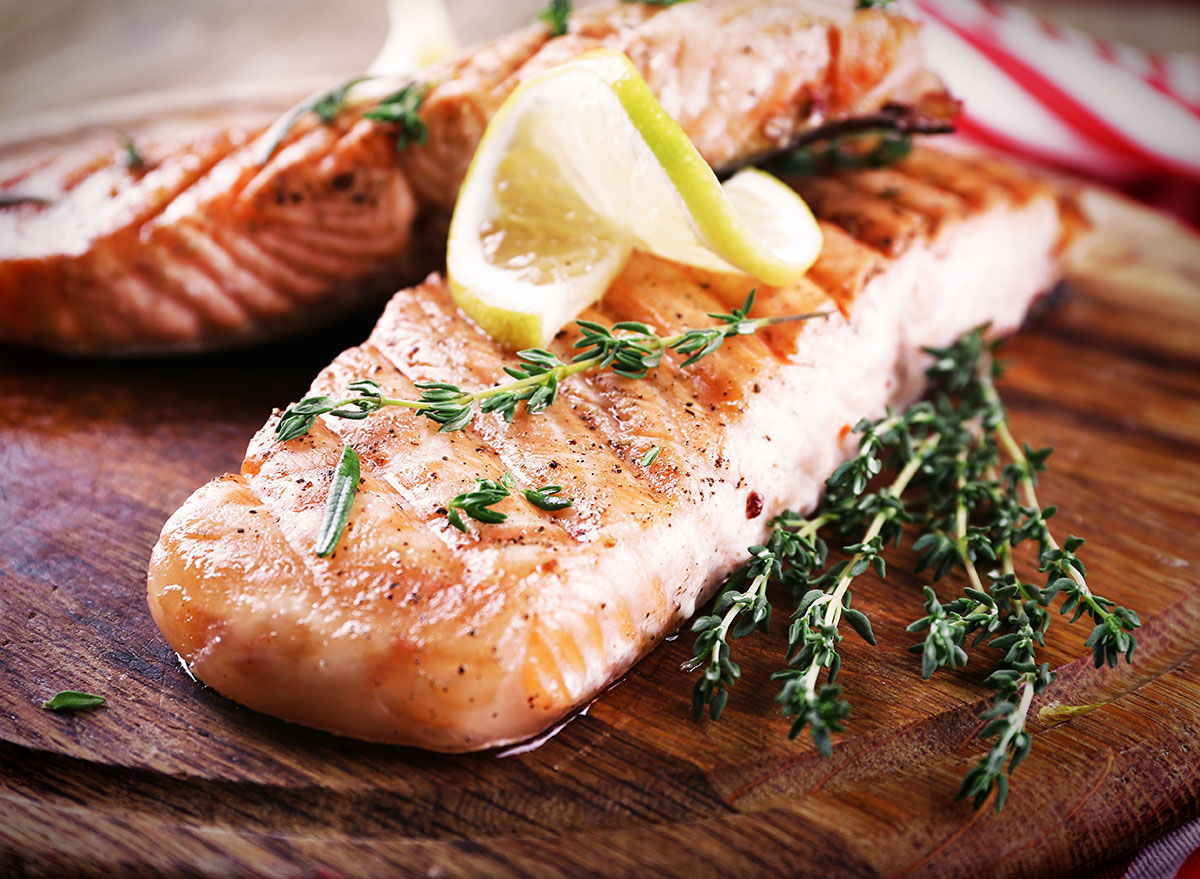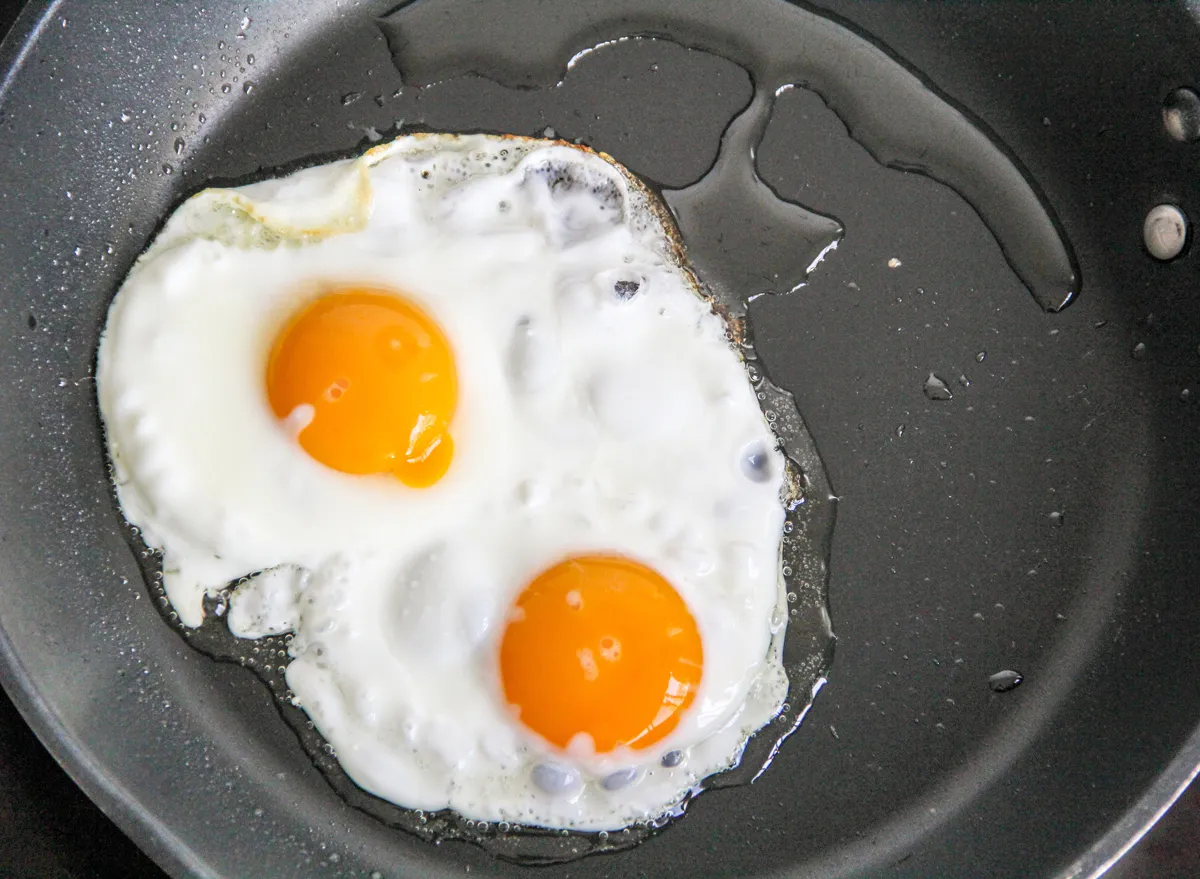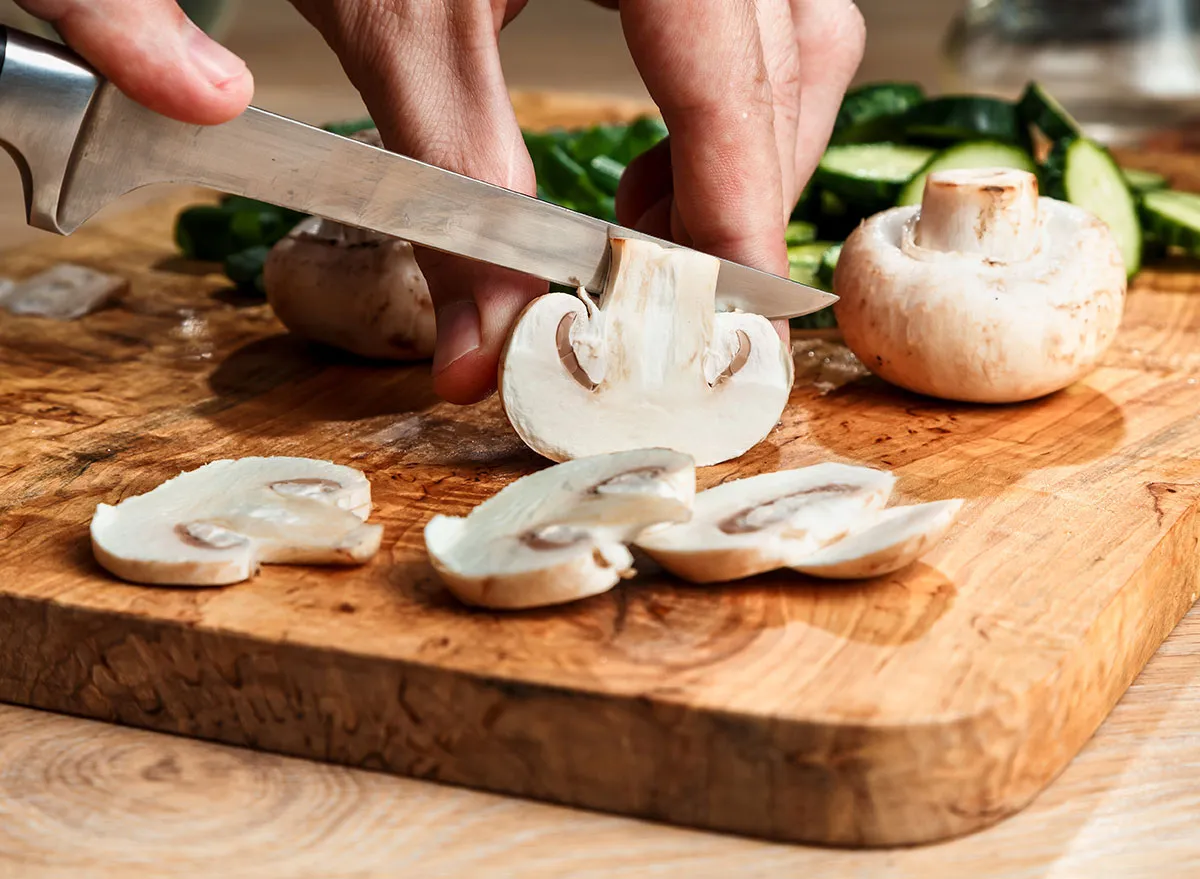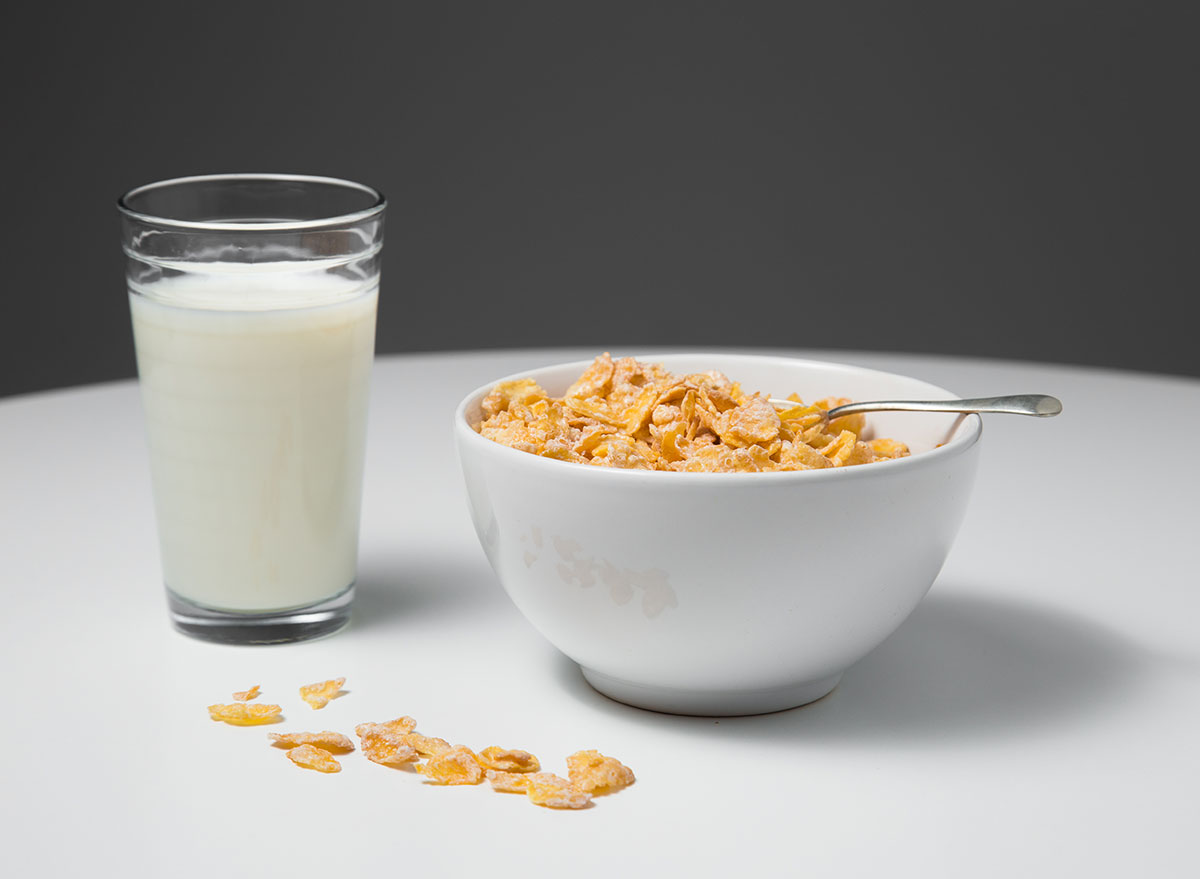At this point, we're pretty much aware of how to get vitamin D—just sit in the sun for a bit. But did you know that there are actually a few popular foods that are considered rich sources of vitamin D? This crucial vitamin is important for absorbing calcium in your gut, which helps with born formation and growth, as well as the breakdown and build-up of bone tissues. As you get older, your bone health is vital to keep you strong and preventing you from injury from falls or even developing osteoporosis, so having consistent sources of vitamin D is vital.
The Dietary Reference Intake (DRI) says that you should be getting at least 15 micrograms per day for adults under 70, and 20 micrograms for adults older than 70. This equates to 600 to 800 international units (IU); 800 being the usual number that dietitians recommend to clients.
Vitamin D is a fat-soluble vitamin, meaning it can be stored in your fatty tissue and used later. While it is important to consume these vitamins, getting vitamin D a few times a week (versus every day) is still sufficient for your body's health. For example, the National Institute of Health says exposing your skin to sunlight twice a week for 5 to 30 minutes (typically at the sun's strongest times, between 10 a.m. and 4 p.m.) will give you a sufficient amount of vitamin D for the day.
However, if exposing your skin to sunlight isn't a recurring option for you, you can also get vitamin D from a few foods that you can eat every day—or even just a few times a week. As long as you make sure you're getting enough and not developing a vitamin D deficiency.
"Getting enough vitamin D from your diet is difficult, as vitamin D is not found in many foods, but it is possible," says Lisa Young, PhD, RDN, author of Finally Full, Finally Slim, a nutritionist in private practice and a member of our medical expert board.
While the options for foods you can eat to get vitamin D are pretty slim, Young recommends are a few that you can incorporate that can give you a vitamin D boost. Here are a few popular foods with vitamin D you to buy next time you're at the grocery store, and for even more healthy tips, be sure to check out our list of The 7 Healthiest Foods to Eat Right Now.

Young says that fatty fish—like salmon, tuna, and mackerel—are all great sources of vitamin D in your diet. Herring and sardines can contain vitamin D as well.
"We think about including fatty fish for heart-healthy omega 3 fats but fatty fish also contains vitamin D which is not found in too many foods," says Young. "Here's another reason to enjoy two fatty fish meals a week. And wild salmon contains more vitamin D than farm-raised."
One study published in the Journal of Biochemistry and Molecular Biology was able to conclude that wild salmon provides 988 IU of vitamin D in a 3.5 oz. serving, which is 124% of your daily value (DV) of vitamin D.
RELATED: Get even more healthy tips straight to your inbox by signing up for our newsletter!

Yes, the egg yolk is the fattier part of the egg, but it's also densely packed with nutritious elements that make it absolutely worth keeping it into your egg scramble. Young points out that egg yolks are also a source of vitamin D, so eating the whole egg yolk is worth your while.
According to the USDA, one large egg yolk contains 37 IU. If you were to eat two large eggs at breakfast, you would be consuming 74 IU of vitamin D, which is around 10% of your DV.

Yes, mushrooms are also on the list—especially when they are exposed to the sun.
"Wild mushrooms are the only good plant source of vitamin D," says Young. "They can make vitamin D2 when exposed to UV light."
According to a study published in Food and Chemical Toxicology, wild mushrooms that have been exposed to the sun can provide up to 2,300 IU per a 3.5-ounce serving, which is 288% of your DV for the day. However, this is still under the tolerable upper limit (UL) of 4,000 IU a day, recommended by the DRI.

With so many limited foods that provide vitamin D, there are some foods that have been fortified that can help with vitamin D intake. According to Young, "foods fortified with vitamin D, like most dairy products, plant-based milk, OJ, and cereals" are all options to choose from.
Foods that have been fortified are given an extra boost of vitamins and minerals that are not naturally occurring in that item. Vitamins D and A are typically added to milk and other popular foods, as well as nutrients like folic acid (folate), zinc, and iron.
Depending on the item, you will likely get around 100 to 200 IU per serving of one of these items, or 13% to 25% of your DV.
Thinking about vitamin D supplementation? Read these next:
Popular Vitamin D Foods to Eat Every Day, Says Dietitian | Eat This Not That - Eat This, Not That
Read More

No comments:
Post a Comment